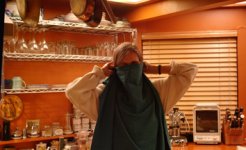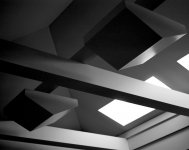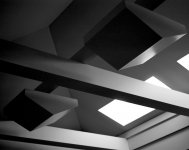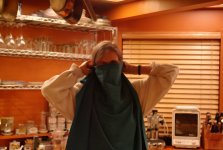gelmir
Established
Dear RFF members,
I've been into film for quite a long time now, but most of the time black and white (b&w films are cheap, fun and easy to develop). I seldom shoot color film because of the cost and because I'm often unhappy with the lab. But when I shoot film, I mainly use Kodak Portra 400 (love this film !).
I've recently been considering buying a RD-1.
How would you describe the RD-1's sensor ? Are the pictures warm, soft, neutral, cold ?
Is it possible to have pictures that have warm tones (like the Portra 400) without too much tweaking in photoshop ? Most of the pictures I've seen that have been retouched and adjusted give some kind of fake feeling I don't like at all.
I've been into film for quite a long time now, but most of the time black and white (b&w films are cheap, fun and easy to develop). I seldom shoot color film because of the cost and because I'm often unhappy with the lab. But when I shoot film, I mainly use Kodak Portra 400 (love this film !).
I've recently been considering buying a RD-1.
How would you describe the RD-1's sensor ? Are the pictures warm, soft, neutral, cold ?
Is it possible to have pictures that have warm tones (like the Portra 400) without too much tweaking in photoshop ? Most of the pictures I've seen that have been retouched and adjusted give some kind of fake feeling I don't like at all.







